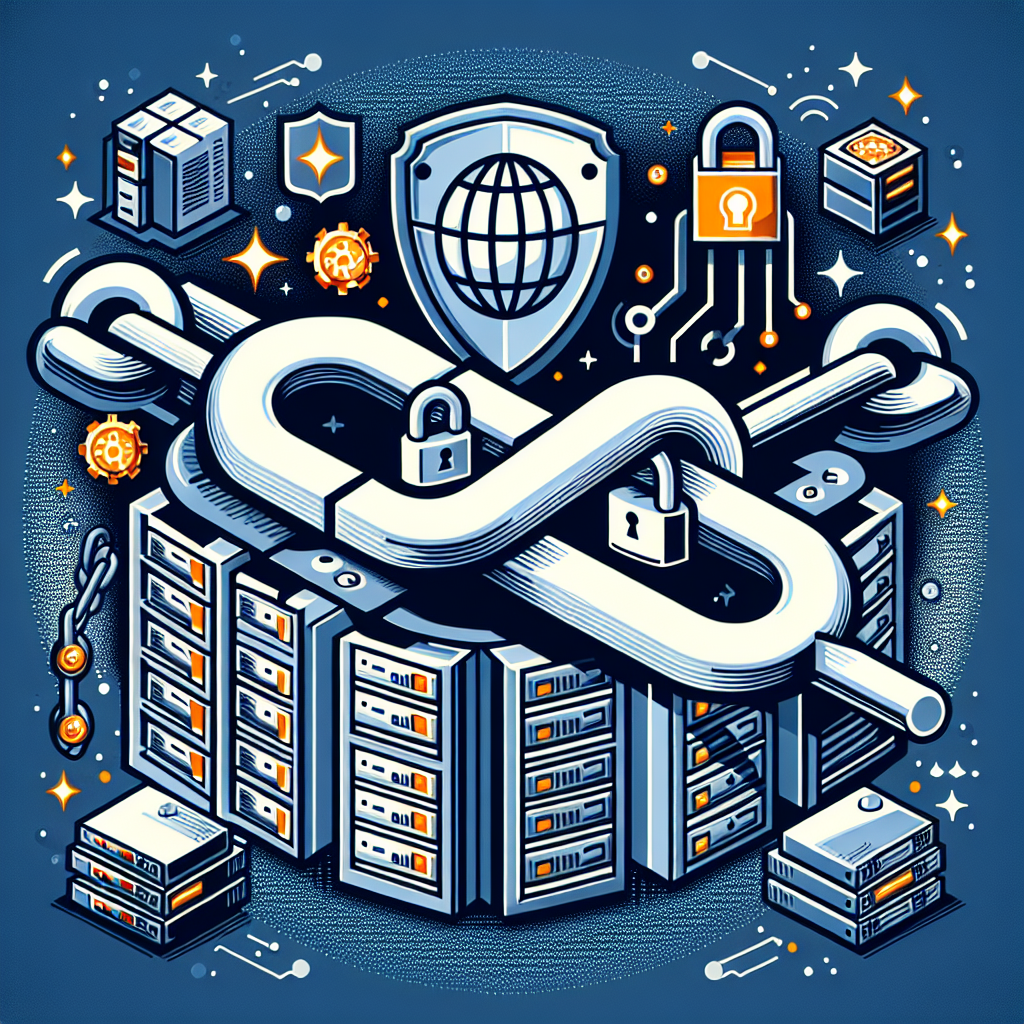The integration of safety instrumented systems (SIS) in industrial settings is a critical component of modern-day operational technology (OT) cybersecurity. Given the increasing sophistication of cyber threats targeting industrial control systems (ICS), there is a growing consensus within the cybersecurity community regarding the importance of adhering to comprehensive standards. One such standard, the ISA/IEC 62443, has emerged as a pivotal framework for ensuring robust security measures across various levels of industrial operations.
The ISA/IEC 62443 standard is meticulously structured to address and mitigate security vulnerabilities specific to industrial automation and control systems (IACS). It provides a comprehensive and systematic approach designed to cover the entire lifecycle of a system, from design and implementation to maintenance and decommissioning. The framework is built on a tiered structure of security levels (SLs), each representing an increasing degree of security sophistication, starting from SL 1, which is aimed at basic network security.
Security Level 1 (SL1) within the ISA/IEC 62443 framework is particularly notable for its focus on baseline security requirements aimed at the protection against casual or coincidental violations. This level primarily emphasizes fundamental security controls such as network segmentation, basic access control, and rudimentary anomaly detection capabilities. Adopting SL1 as a minimum compliance standard for safety instrumented systems (SIS) can significantly bolster the security posture of industrial environments.
Safety instrumented systems (SIS) are integral to maintaining the safety and reliability of critical industrial processes. These systems are specifically designed to monitor and control processes to mitigate hazardous events, ensuring that operations are conducted within safe limits. The intersection of safety and cybersecurity becomes particularly pertinent for SIS due to the high stakes involved. Any compromise of SIS can lead to catastrophic outcomes, both in terms of safety and operational continuity.
Advocating for SL1 as a minimum standard for SIS is grounded in the principle of establishing a foundational layer of security, thereby creating a buffer against common cybersecurity threats. For instance, network segmentation under SL1 helps in isolating critical SIS components from less secure parts of the network, reducing the attack surface available to potential intruders. Furthermore, implementing basic access controls ensures that only authorized personnel can interact with SIS components, thus mitigating the risk of insider threats or inadvertent misconfigurations.
However, while SL1 provides a foundation, it is vital to acknowledge that it represents a minimum standard. As the threat landscape evolves, so too must the security measures that protect against these threats. Organizations must continually assess the adequacy of SL1 controls in the face of newer, more sophisticated attack vectors. This dynamic approach to cybersecurity ensures resilience and adaptability, crucial for sustaining long-term operational security.
Beyond minimum compliance, advancing towards higher levels within the ISA/IEC 62443 framework can provide significantly enhanced protections. Higher security levels, such as SL2 and above, introduce more stringent requirements, including enhanced threat detection and response capabilities, advanced encryption, and comprehensive incident response plans. These additional layers of security are crucial for defending against targeted, sophisticated cyber-attacks that are increasingly prevalent in the industrial sector.
The integration of higher security levels is particularly relevant in environments where the risk profile is elevated due to the critical nature of operations or the sensitivity of the data handled. For instance, organizations operating in sectors such as energy, water treatment, and chemical processing may find it prudent to adopt more robust security measures aligning with SL2 or SL3 to safeguard against both current and emerging threats.
In conclusion, while adopting ISA/IEC 62443 Security Level 1 as a minimum standard for safety instrumented systems is a prudent and necessary step, it represents just the beginning of a comprehensive cybersecurity journey. Organizations must be vigilant, continuously enhancing their security measures in alignment with an evolving threat landscape. By embracing higher security levels and integrating advanced cybersecurity controls, industrial operations can achieve a fortified security posture, ensuring both the safety and reliability of their critical processes.


